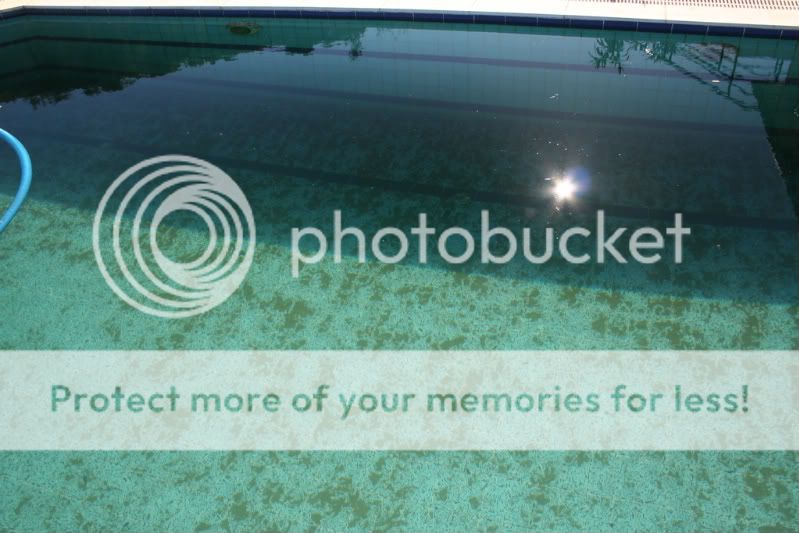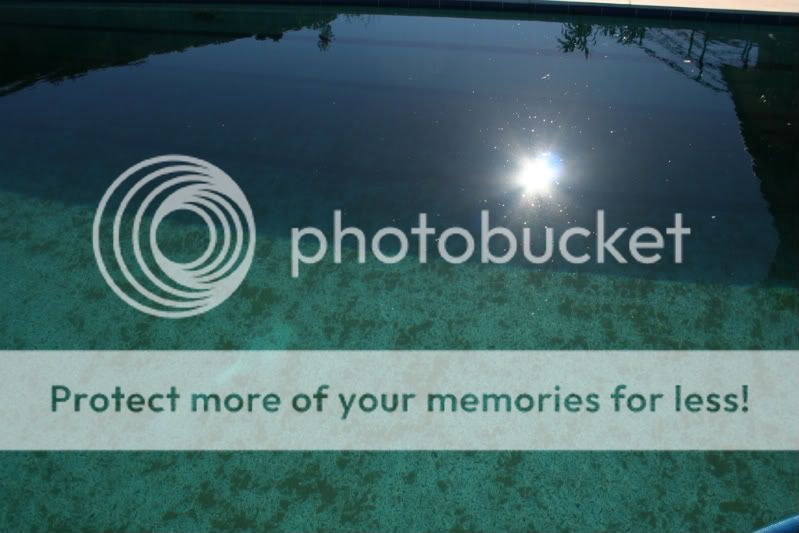- Messages
- 126
- Name
- John Lindsay
- Edit My Images
- Yes
How does it work?
It's a Hoya one, and turns round at the front after its screwed onto the front of the lens.
I put it on and took shots with the white mark at N,E,S and W as it would appear on a compass, and noticexd no difference.
I just put it on top of my UV(protection) filter, which I now realise may have been a mistake.
Anyone able to shed some light on this?
John
It's a Hoya one, and turns round at the front after its screwed onto the front of the lens.
I put it on and took shots with the white mark at N,E,S and W as it would appear on a compass, and noticexd no difference.
I just put it on top of my UV(protection) filter, which I now realise may have been a mistake.
Anyone able to shed some light on this?
John












 .
.